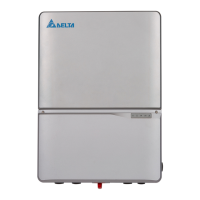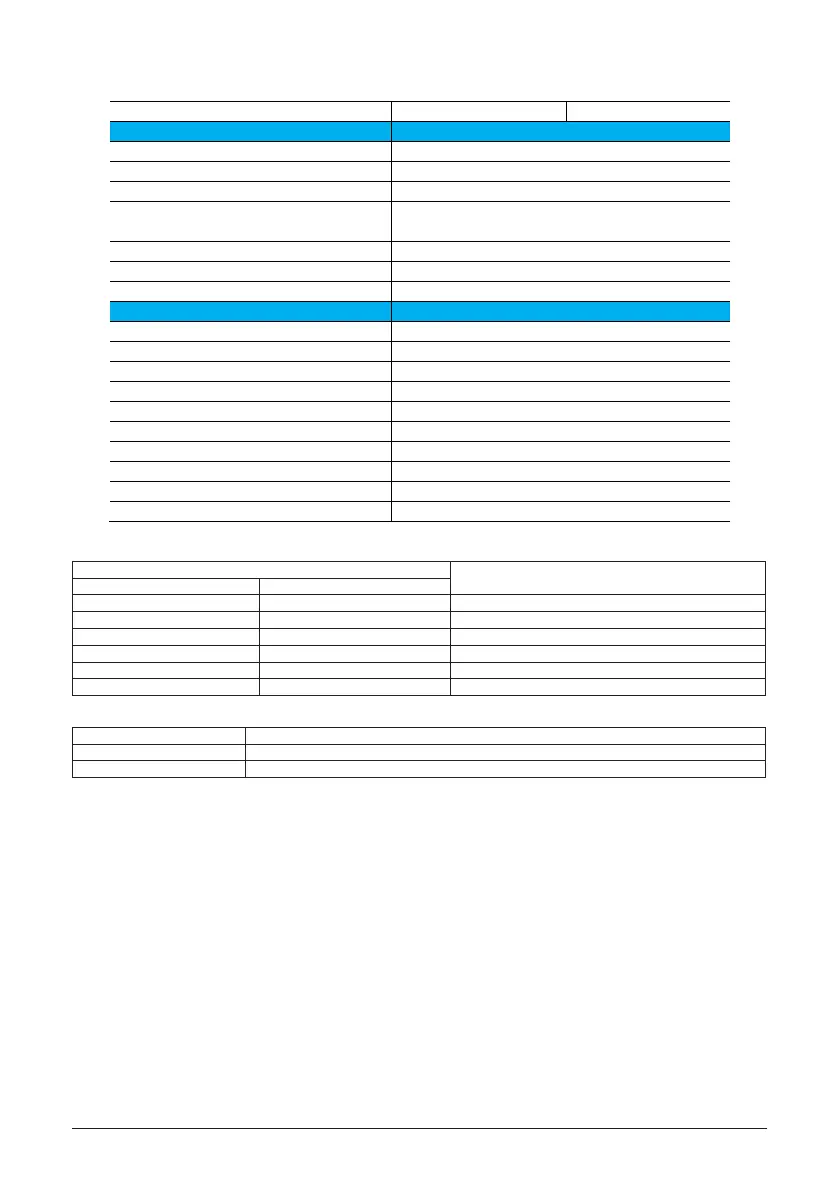64
Utility interconnection voltage and frequency trip limits and trip times for all models:
Simulated utility source Maximum time (sec) at 60Hz before cessation of
current to the simulated utility
Voltage (V) Frequency (Hz)
< 50% V Rated (60 Hz) 0.16
50% V ≤ V < 88% V Rated (60 Hz) 2
110% V < V <120% V Rated (60 Hz) 1
120% V ≤ V Rated (60 Hz) 0.16
Rated f > 60.5 0.16
Rated f < 59.3 0.16
Trip limit and trip time accuracy for all models:
Voltage: ±1 V (L-L)
Frequency: ±0.01Hz
Time: 1%, but not less than 100ms
9.3 FCC compliance information
Human machine interface (HMI)
BLE (Support 4.0 or higher)
Settings can be done through APP from mobile phone
Remote diagnose/monitoring
Bi-direction through cloud
Integrated PLC controller to RSD or MCI
UL 1973 / UL 1974 (Optional depends on battery pack)
Enclosure protecting rating
UL 1741, CSA - C22.2 No. 107.1-01
Grounding fault protection
Anti-islanding protection
UL 1699B (Type 1), NEC 2014 690.11
UL 1741 SA, California Rule 21, HECO Compliant
These devices, DELTA ELECTRONICS (SHANGHAI) CO.,LTD. string inverters, Model E series ,
comply with Part 15 of the FCC Rules. Operation is subject to the following conditions:
(1) This device may not cause harmful interference, and
(2) This device must accept any interference received, including interference that may cause
undesired operation.
Note: This equipment has been tested and found to comply with the limits for a Class B digital
device, pursuant to part 15 of the FCC Rules. These limits are designed to provide reasonable
protection against harmful interference in a residential installation. This equipment generates,
uses and can radiate radio frequency energy and, if not installed and used in accordance with
the instructions, may cause harmful interference to radio communications. However, there is no
guarantee that interference will not occur in a particular installation. If this equipment does cause
harmful interference to radio or television reception, which can be determined by turning the
equipment o and on, the user is encouraged to try to correct the interference by one or more of
the following measures:

